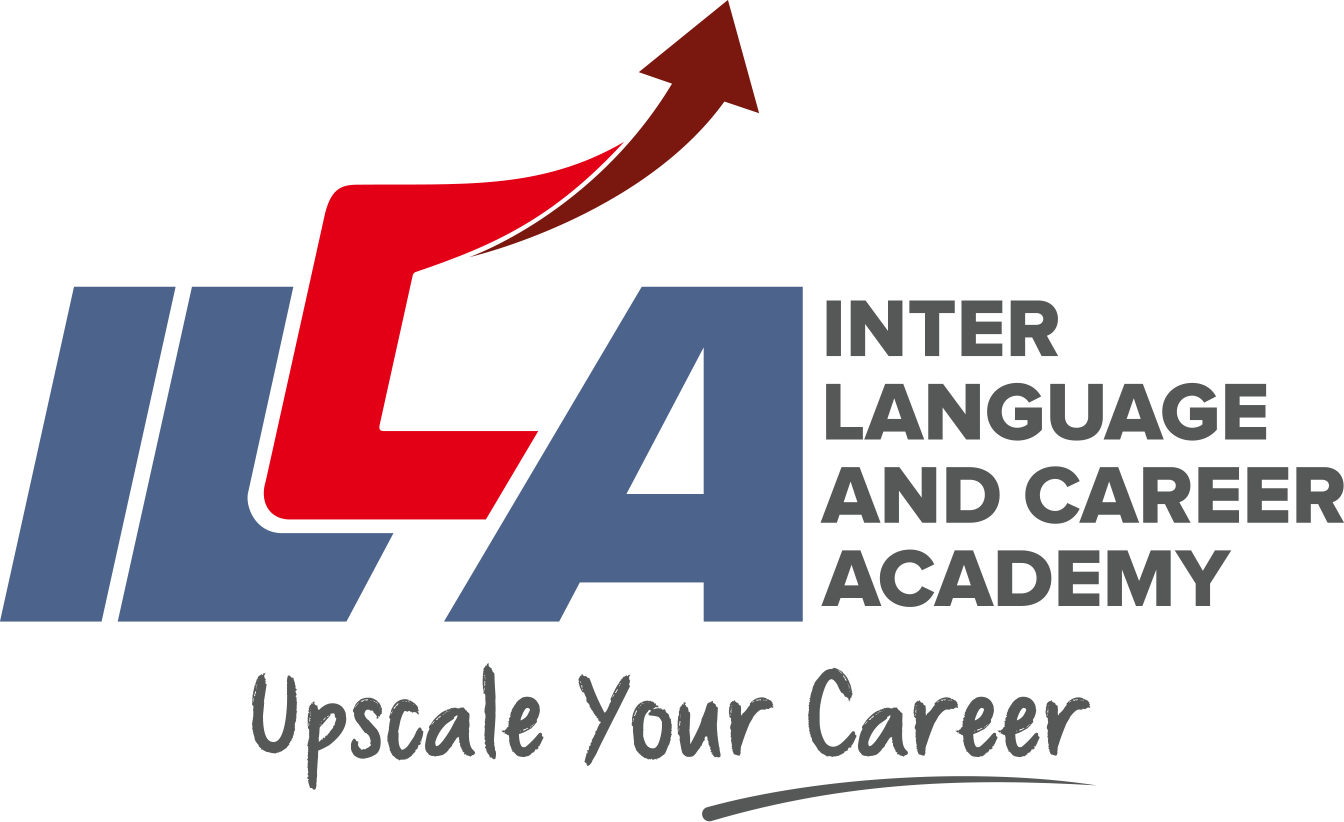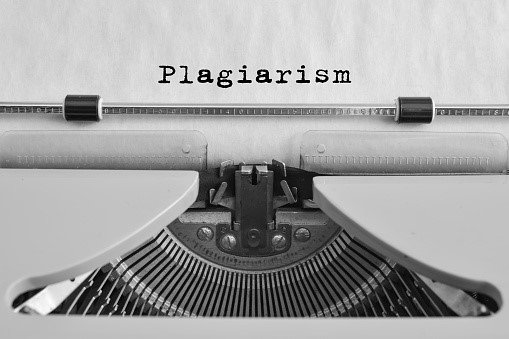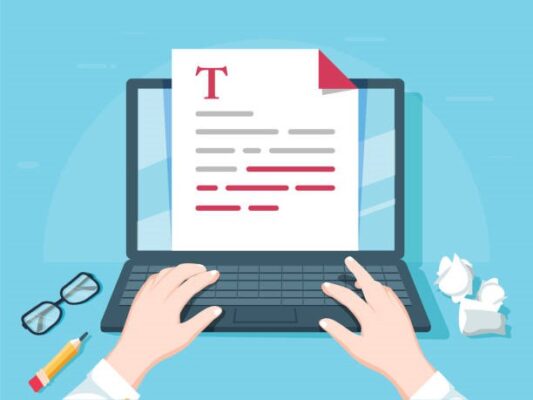What is Plagiarism?
The act of using/copying someone else’s work or ideas without giving them credit. It also includes copying and pasting text from a website to presenting someone else’s work as your own.
Plagiarism can have profound consequences in academic and professional settings.
What are the types of Plagiarism?
Several types of plagiarised content can be seen on the internet nowadays. Some of them are –
- Direct plagiarism – The verbatim copying of someone else’s work without giving them credit.
- Self-plagiarism – Reusing one’s own work without permission or acknowledgment
- Mosaic plagiarism – Copying information from multiple sources and assimilating them together without proper citation.
- Accidental plagiarism – Copying/using someone else’s work unintentionally without realizing it.
Copyright infringement
Utilizing someone else’s creative work without their permission. It can include copying, distributing, or displaying someone else’s work without authorization. If the creator’s intellectual property rights are violated it can result in legal action. It is mandatory to obtain permission or properly license any creative work before using it to avoid potential legal consequences.
How to Avoid Plagiarism
- Avoid plagiarism.
- Cite all sources used in your work. It includes both in-text citations and a bibliography or works cited page.
- Another way to avoid plagiarism is to paraphrase information instead of directly quoting it. This means putting information into your own words while still giving credit to the original source.
Tools to Help Avoid Plagiarism
There are several tools available to help you avoid plagiarism. One popular tool is Turnitin, which checks your work against a database of other works to ensure originality.
Other tools include Grammarly, which checks for grammar and spelling errors as well as potential instances of plagiarism, and Easy Bib, which helps create citations and bibliographies in various formats.
Benefits of Using Plagiarism Checker
- It helps to maintain academic integrity by ensuring that students do not cheat by plagiarizing.
- It helps to protect the reputation of writers and publishers by ensuring that their work is original and not copied from others.
- It helps to avoid legal issues that may arise from plagiarism.
- In addition, a plagiarism checker can help writers improve their writing skills by identifying areas where they need to improve on paraphrasing and citation.
- It also helps to promote honesty and ethical behaviour in the academic and professional world.
Tips for Using Plagiarism Checker
There are some tips that you should keep in mind to check for plagiarism.
- Use multiple plagiarism checker tools to increase the chances of detecting plagiarism.
- Always review the results of the plagiarism checker to ensure that they are accurate and relevant.
- Use the plagiarism checker as a tool for learning and improving your writing skills rather than just a tool for avoiding plagiarism.
- Give credit to the original source when using someone else’s work in your own writing.
- Be aware of the limitations of the plagiarism checker and use it in conjunction with other research methods to ensure the accuracy and originality of your work.
Consequences of Plagiarism
The consequences of plagiarism can be severe, especially in academic and professional settings. Plagiarism can result in failing grades, suspension, or expulsion.
In professional settings, plagiarism can damage your reputation and lead to legal action.
Mastering the Art of Citations
Citation is a set of rules and guidelines that dictate how sources should be cited in academic writing. These styles ensure that writers give proper credit to the sources and allow readers to verify those sources. There are Citation styles used in academic writing, including APA, MLA, Chicago, and Harvard. Each style has its own unique set of rules for formatting citations, including how to format in-text citations, reference lists, and bibliographies.
APA (American Psychological Association) is one of the most used citation styles in the social sciences. In APA style, in-text citations include the author’s last name and the publication year, while the reference list includes detailed information about the source.
MLA (Modern Language Association) is a citation style commonly used in the humanities, including literature, language, and cultural studies. In MLA style, in-text citations include the author’s last name and the page number, while the works cited list includes detailed information about the source.
Chicago style is a citation style commonly used in history, art history, and other humanities fields. In Chicago style, there are two different citation formats: notes and bibliography and author-date.
Harvard style is a style of citation commonly used in the sciences and social sciences.
Citation styles are an essential part of academic writing, ensuring that writers give proper credit to the sources they use and allowing readers to locate and verify those sources. While there are several citation styles to choose from, it’s important to carefully follow the guidelines for the style you’re using to ensure your citations are accurate and complete.
Conclusion
Plagiarism is a grave issue that can have negative consequences. It is important to understand the several types of plagiarism and how to avoid them by properly citing sources and using your own words.
By utilizing plagiarism-checking tools and being aware of common knowledge, you can ensure that your work is original and free of plagiarism.




